An embroidery is an art form that elevates garments with intricate designs and personalized touches. However, the success of any embroidered masterpiece hinges on the choice of shirt material.
Selecting the right canvas can distinguish between a flawless stitch and a frustrating endeavor. In this guide, we delve into the world of shirt materials, exploring what shirt material is good for embroidery and the qualities you should consider.
From the soft embrace of cotton to the durable structure of polyester blends, each fabric brings its unique characteristics to the embroidery table.
Whether you’re a seasoned crafter or just beginning to explore the realm of needlework, understanding the nuances of shirt materials is essential for creating enduring and visually striking embroidered apparel.
Join us on this exploration as we unravel the secrets to choosing the perfect shirt material for your next embroidery project.
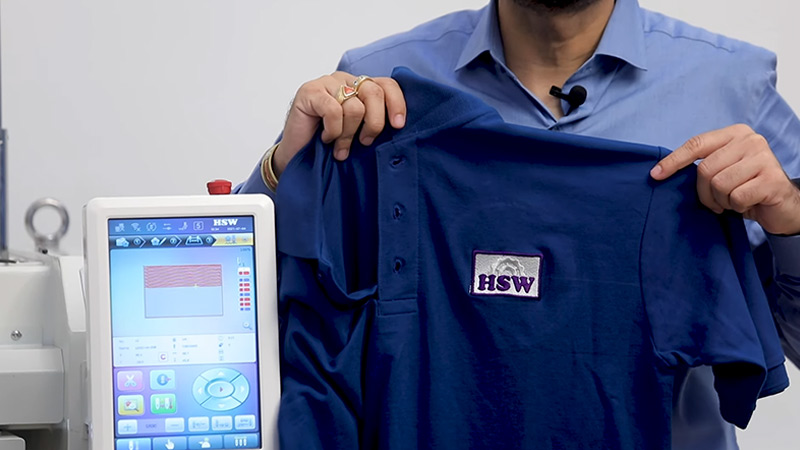
What Shirt Material Is Good For Embroidery?
Selecting the right shirt material for embroidery is a crucial step that can significantly impact the outcome of your needlework. Let’s compare various shirt materials, discussing their merits and considerations for embroidery enthusiasts.
Cotton: A Classic Choice

Cotton stands out as a popular choice for embroidered garments. Its soft and breathable nature makes it comfortable to wear, while its natural fibers provide an excellent surface for embroidery.
Cotton shirts are the best shirts for embroidery as they readily accept stitches, making them ideal for intricate designs. However, it’s important to note that the thickness of the fabric can vary, affecting the visibility and texture of the embroidery.
Polyester: Durability Meets Versatility
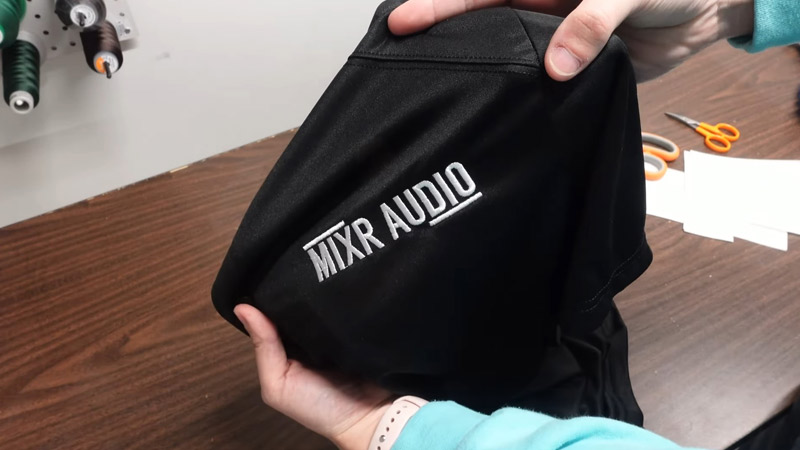
Polyester blends have gained popularity in the world of embroidery due to their durability and resistance to wrinkles. The synthetic nature of polyester can enhance the vibrancy of embroidered designs, creating a polished and long-lasting finish.
It is especially suitable for logos or designs that require a smooth surface. Your polyester shirt is the best shirt for embroidery because its resistance to shrinkage ensures the longevity of the embroidery.
Linen: A Natural Elegance
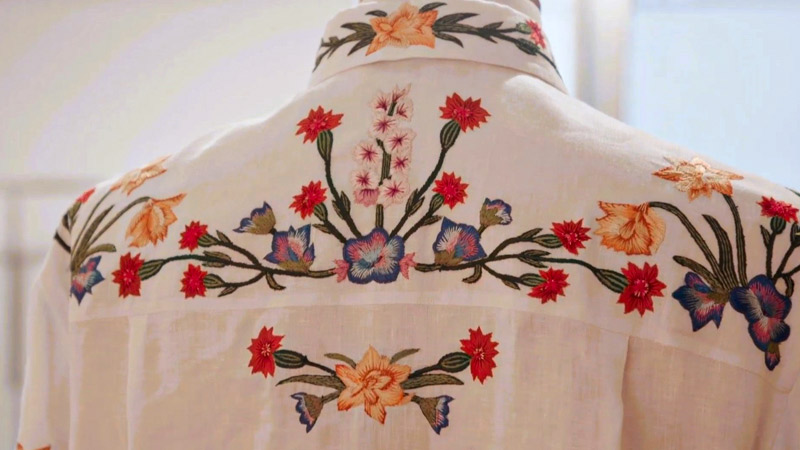
Linen, derived from the flax plant, offers a natural elegance for embroidered creations. Its textured surface adds a rustic charm to designs, creating a distinct visual appeal.
Linen’s breathability makes them the best shirts to embroider, as they are a comfortable choice for various climates. However, its slightly coarse texture may require adjustments in thread tension for optimal results.
Silk: Luxurious and Delicate
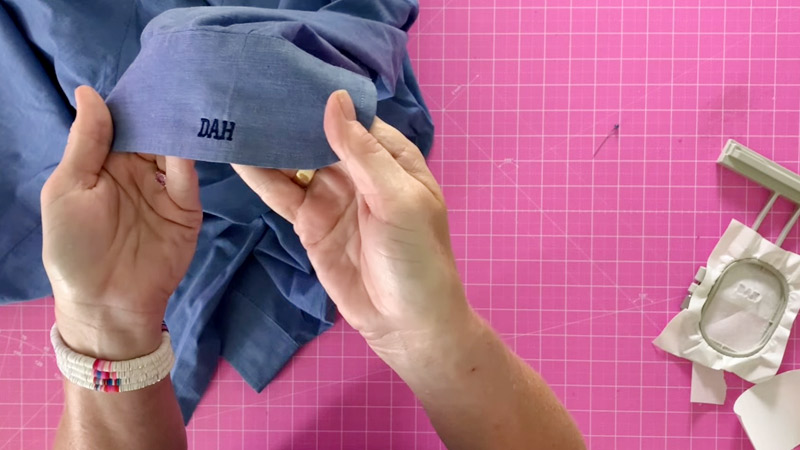
For those seeking a touch of luxury, silk is an exquisite canvas for embroidery. Silk shirts are the best quality t-shirts for embroidery as the smooth surface allows for intricate detailing, and the natural sheen of silk adds a lustrous quality to embroidered designs.
However, working with silk requires precision, as its delicate nature demands careful handling during the embroidery process.
Blends: The Best T-Shirts to Embroider On
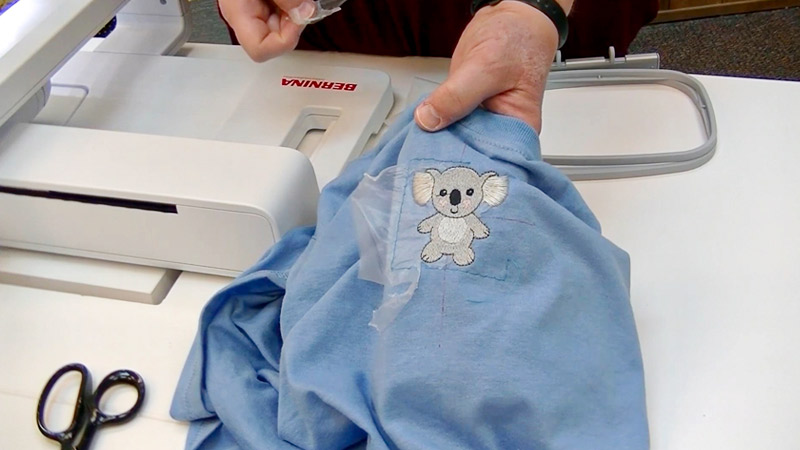
Blended fabrics, combining different materials such as cotton and polyester, offer a balanced approach to embroidery. These blends often retain the softness of cotton while benefiting from the durability of polyester.
The result is a versatile fabric that provides a comfortable feel with enhanced resilience, making it suitable for a wide range of embroidery projects.
Tips for Successful Embroidery Across Materials
As you weave intricate designs onto fabric, the choice of material becomes a pivotal factor. To ensure your embroidery journey is smooth and your creations stand out, here are some indispensable tips for successful embroidery across various materials:
Test Stitch on Scrap Fabric
Your chosen fabric is your canvas, and every artist tests their tools. Before diving into your main project, conduct test stitches on a scrap piece of the fabric.
This preliminary step allows you to fine-tune tension settings and ensures compatibility between your chosen fabric and the embroidery thread to create the perfect embroidered shirts.
Use the Right Needles
Just as a painter selects the perfect brush, an embroiderer must choose the right needle. Different fabrics may demand specific needle types to achieve optimal results.
Consider the fabric’s thickness and texture when selecting needles, preventing snags or uneven stitching that could mar your masterpiece.
Stabilize the Fabric
Use stabilizers to maintain your design’s integrity and prevent unwanted puckering or distortion. The stabilizer provides additional support to the fabric during the stitching process.
Ensure the stabilizer chosen aligns with the characteristics of your fabric, offering a stable foundation for your embroidery work.
Consider Hoop Size
The choice of hoop size is more than a practical consideration; it directly impacts the tension and overall quality of your embroidery. Select an embroidery hoop size that accommodates the chosen fabric without stretching it excessively.
This ensures even tension, allowing for precise and uniform stitching across your design.
Considerations for Choosing Shirts for Embroidery
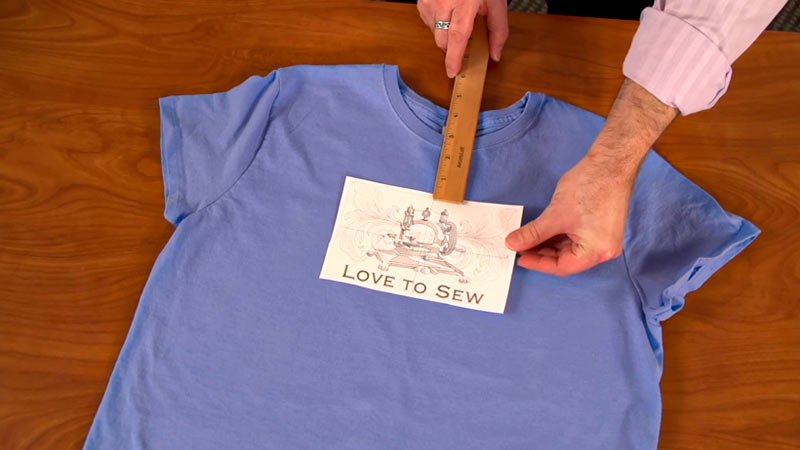
The success of your embroidered masterpiece hinges on thoughtful choices. Here are essential considerations to guide you in selecting the best shirt material for embroidery:
Fabric Thickness
The thickness of the fabric plays a pivotal role in the visibility and texture of your embroidery. Thicker fabrics provide a substantial foundation but may require adjustments in needle and thread choices.
Finding the right balance ensures that your stitches complement the fabric, creating a harmonious visual and tactile experience.
Thread Compatibility
Different shirt materials respond uniquely to various thread types. Ensure a seamless stitching process by considering the compatibility of your chosen fabric with embroidery threads.
This harmony between fabric and thread contributes to your embroidered design’s overall quality and longevity.
Design Complexity
Tailor your choice of shirt material to the intricacy of your embroidery design. Delicate fabrics, such as silk, lend themselves to fine detailing, enhancing the elegance of your creation.
On the other hand, sturdier materials like polyester can handle more complex designs, offering versatility for various artistic expressions.
Intended Use
The purpose of the embroidered garment should guide your choice of fabric. Everyday wear demands considerations of comfort and breathability, making fabrics like cotton a sensible choice.
For special occasions where luxury takes center stage, indulging in opulent fabrics like silk can elevate your embroidery to new heights of sophistication.
Can I Use Synthetic Shirts for Embroidery?
Absolutely, synthetic shirts, often made from materials like polyester, can be excellent choices for embroidery projects.
While natural fabrics like cotton and linen are popular, synthetic shirts offer unique advantages that make them suitable for various embroidery endeavors.
Versatility and Durability
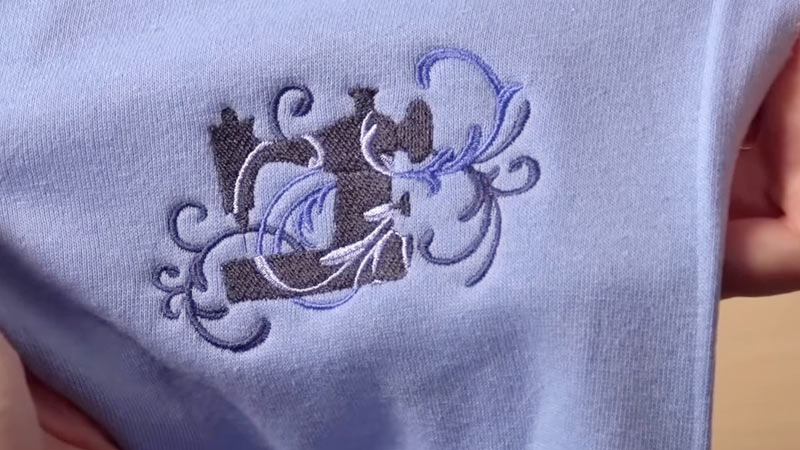
Synthetic materials, especially polyester blends, are known for their durability and wrinkle resistance. This makes them an ideal canvas for embroidery projects that require longevity and the ability to withstand regular wear and washing.
The inherent strength of synthetic fibers ensures that your embroidered designs maintain their vibrancy and shape over time.
Smooth Surface for Detailed Designs
Polyester, in particular, provides a smooth surface that allows for intricate and detailed embroidery work. The even texture of synthetic shirts ensures that your stitches lay consistently, creating a polished and professional appearance.
This makes them well-suited for logos, intricate patterns, and designs that require a level surface for optimal visibility.
Color Retention
Synthetic fabrics often have excellent color retention properties. This means that the vibrant hues of your embroidery thread are more likely to stay true over the garment’s life.
Whether you’re creating colorful designs or relying on subtle shades, synthetic shirts can showcase your embroidery in its intended brilliance.
Resistance to Shrinkage
One of the challenges with natural fabrics is their tendency to shrink after washing. Synthetic shirts, on the other hand, are more resistant to shrinkage.
This quality ensures that your carefully embroidered designs maintain their size and shape, offering a consistent and professional appearance even after multiple wash cycles.
Versatility Beyond Boundaries
In addition to their durability, synthetic shirts bring a level of versatility that extends beyond the conventional boundaries of fabric choices for embroidery.
These materials often come in various blends and textures, allowing you to experiment with different looks and feel for your embroidered creations.
FAQs
Can I embroider on cotton shirts?
Yes, cotton shirts are a popular and excellent choice for embroidery. The natural fibers of cotton provide a soft and breathable surface that readily accepts stitches, making it ideal for various embroidery projects.
What needle should I use for embroidery on polyester shirts?
When embroidering on polyester shirts, it’s recommended to use needles specifically designed for synthetic materials. These needles help prevent snags and ensure smooth stitching on the often smooth surface of polyester fabric.
Do I need to use stabilizers for embroidery on synthetic shirts?
Using stabilizers is advisable for embroidery on synthetic shirts. Stabilizers provide additional support, preventing distortion or puckering during the stitching process.
Experiment with different stabilizer types to find the best match for the specific synthetic material you’re working with.
Are silk shirts suitable for embroidery?
Yes, silk shirts can be a luxurious and exquisite choice for embroidery. The smooth surface of silk allows for intricate detailing, adding a lustrous quality to embroidered designs.
However, handling silk requires precision and careful attention during the embroidery process.
Can I wash embroidered shirts made of synthetic materials?
Yes, you can wash embroidered shirts made of synthetic materials. Synthetic fabrics, like polyester, are known for their durability and wrinkle resistance.
However, it’s advisable to follow specific care instructions for both the fabric and the embroidery to maintain the quality and longevity of the garment.
Conclusion
The choice of shirt material plays a pivotal role in the success of your embroidery endeavors. Each fabric brings its own set of attributes, influencing the final outcome of your artistic expression.
Whether you prioritize the softness of cotton, the durability of polyester, or the luxurious feel of silk, understanding these materials empowers you to craft embroidered pieces that stand the test of time.
Consider the intricacies of your design, the intended use of the garment, and the desired aesthetic to make an informed decision. Armed with this knowledge, your embroidery journey becomes a seamless fusion of creativity and craftsmanship.
In the realm of embroidery, the right shirt material isn’t just a choice; it’s a brushstroke defining your artistic vision.
Elevate your craft by embracing the synergy of fabric and thread. So, explore the vast array of shirt materials, and let your needlework shine on the perfect canvas.
Leave a Reply